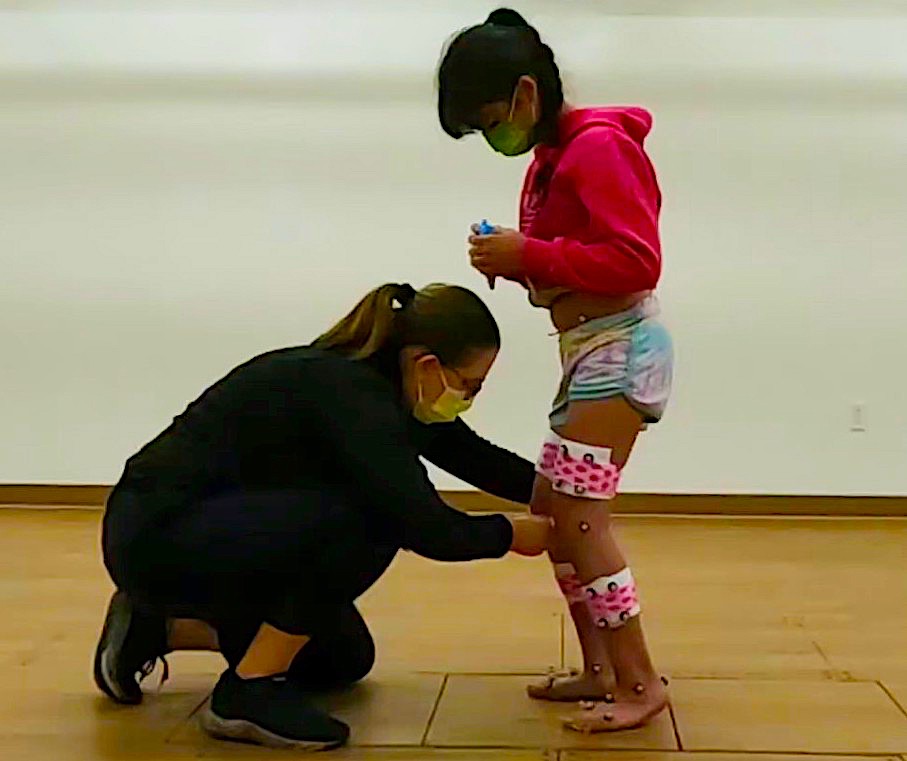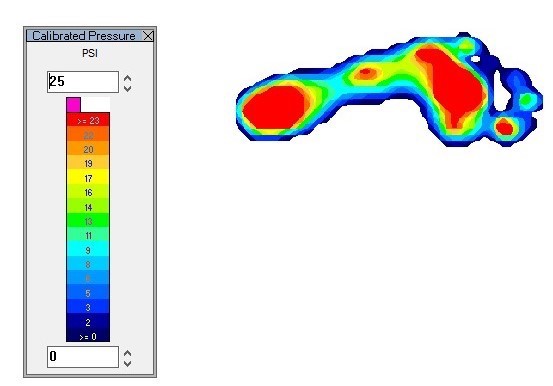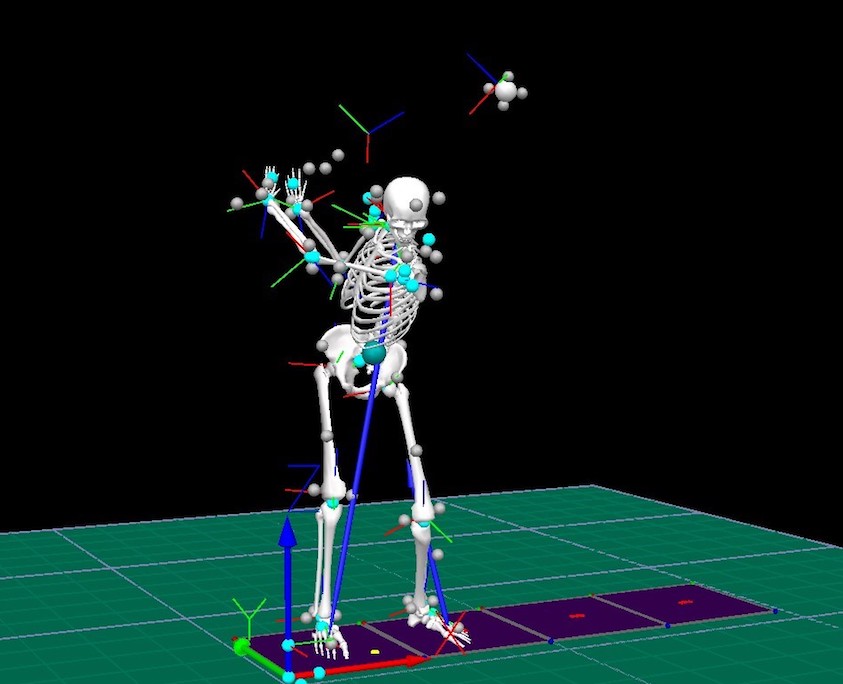Overview
 The Motion Analysis and Human Performance Lab at Rady Children’s Hospital is a cutting-edge facility equipped with state-of-the-art technology to comprehensively assess the movement patterns of children, adolescents, and adults. By analyzing these movements, our expert team can accurately diagnose a wide range of conditions and tailor personalized treatment plans for optimal outcomes.
The Motion Analysis and Human Performance Lab at Rady Children’s Hospital is a cutting-edge facility equipped with state-of-the-art technology to comprehensively assess the movement patterns of children, adolescents, and adults. By analyzing these movements, our expert team can accurately diagnose a wide range of conditions and tailor personalized treatment plans for optimal outcomes.
Our multidisciplinary team at the Motion Analysis and Human Performance Lab specializes in diagnosing a wide range of conditions related to neuromuscular and developmental disorders, as well as addressing sports or orthopedic injuries in young athletes. Our multidisciplinary team consists of medical professionals from our Sports Medicine Program,
Orthopedics & Scoliosis Center, and Southern Family Center for Cerebral Palsy.
Through our state-of-the-art motion analysis techniques, we can precisely evaluate movement patterns, joint mechanics, and muscle function to identify underlying issues and create customized rehabilitation and treatment plans for our pediatric patients.
State of the Art Technology
 At the Motion Analysis and Human Performance Lab, we utilize technology consisting of specialized sensors and advanced motion capture systems to meticulously record and analyze every aspect of a patient’s motion and movement This data is then processed to create highly detailed 3D models of the patient’s skeleton, allowing us to precisely quantify joint movements and identify any abnormalities or inefficiencies.
At the Motion Analysis and Human Performance Lab, we utilize technology consisting of specialized sensors and advanced motion capture systems to meticulously record and analyze every aspect of a patient’s motion and movement This data is then processed to create highly detailed 3D models of the patient’s skeleton, allowing us to precisely quantify joint movements and identify any abnormalities or inefficiencies.
By pinpointing musculoskeletal issues early on, we can tailor personalized treatment plans to promote overall wellness and optimal development. Additionally, our state-of-the-art force plates provide insights into the biomechanics of weight-bearing activities, shedding light on the forces exerted on the body during movement. Whether it’s assessing the impact of running strides by cross-country athletes or capturing movements of gymnastic maneuvers, our comprehensive approach helps us understand the intricacies of human movement and optimize performance and recovery.
Evaluating Young Athletes
At the Human Performance Lab, our expert staff can analyze a variety of specific exercises and actions including running, pitching, and golf swings. We also assess young athletes post-orthopedic surgery to ensure proper healing and identify areas for improvement in mechanics. Additionally, we recognize movement patterns that could impact long-term wellness, aiming to prevent future problems. With our focus on performance optimization and injury prevention, we’re dedicated to helping individuals achieve their full potential.

Beyond our state-of-the-art facility, the Performance Lab has mobile capabilities that allow us to bring advanced technology directly to the field. Whether it’s assessing the strides of a linebacker on a football field or analyzing the biomechanics of a gymnast on the mat, our team can seamlessly deploy our equipment to provide real-time insights outside the confines of the lab. This flexibility enables us to conduct comprehensive assessments in the environments where athletes perform, allowing for more accurate evaluations and personalized interventions, bridging the gap between laboratory analysis and real-world scenarios.
Sports-related injuries and conditions that we evaluate include:
- Anterior Cruciate Ligament (ACL) Tears, common in sports that involve sudden stops, changes in direction, or jumping, such as basketball, soccer, and football.
- Rotator Cuff Tears, which are prevalent in sports that involve repetitive overhead movements, such as baseball, tennis, and swimming.
- Patellofemoral Pain Syndrome (Runner’s Knee), characterized by pain around the kneecap, often aggravated by activities like running, jumping, and squatting.
- Shin Splints, or medial tibial stress syndrome, is common in runners and athletes involved in activities with repetitive impact on the lower legs.
- Stress Fractures, which can occur in various bones due to repetitive stress, often seen in runners and athletes involved in high-impact sports. Motion analysis can help identify biomechanical factors contributing to stress fractures, such as overpronation or poor shock absorption, and guide training modifications to prevent recurrence.
- Tennis Elbow (Lateral Epicondylitis), an overuse injury resulting in pain and inflammation on the outer side of the elbow, common in tennis players and athletes performing repetitive gripping activities.
- Ankle Sprains, common in sports with frequent changes in direction, jumping, or uneven surfaces, such as basketball, soccer, and volleyball. M
- Golf-related Injuries, including golfer’s elbow, back pain, and wrist injuries, due to repetitive swinging motions and poor biomechanics. Motion analysis can evaluate golf swing mechanics to identify inefficiencies or asymmetries contributing to injury and optimize performance.
- Concussions, which are a concern in contact sports like football, hockey, and soccer. While motion analysis may not directly diagnose concussions, it can assess movement patterns before and after a head injury to monitor balance, coordination, and functional abilities as part of concussion management and return-to-play protocols.
Appointments and Referrals
For inquiries or referrals to the Motion Analysis and Human Performance Lab at Rady Children’s Hospital, please feel free to reach out to us:
Phone: 858-966-6789